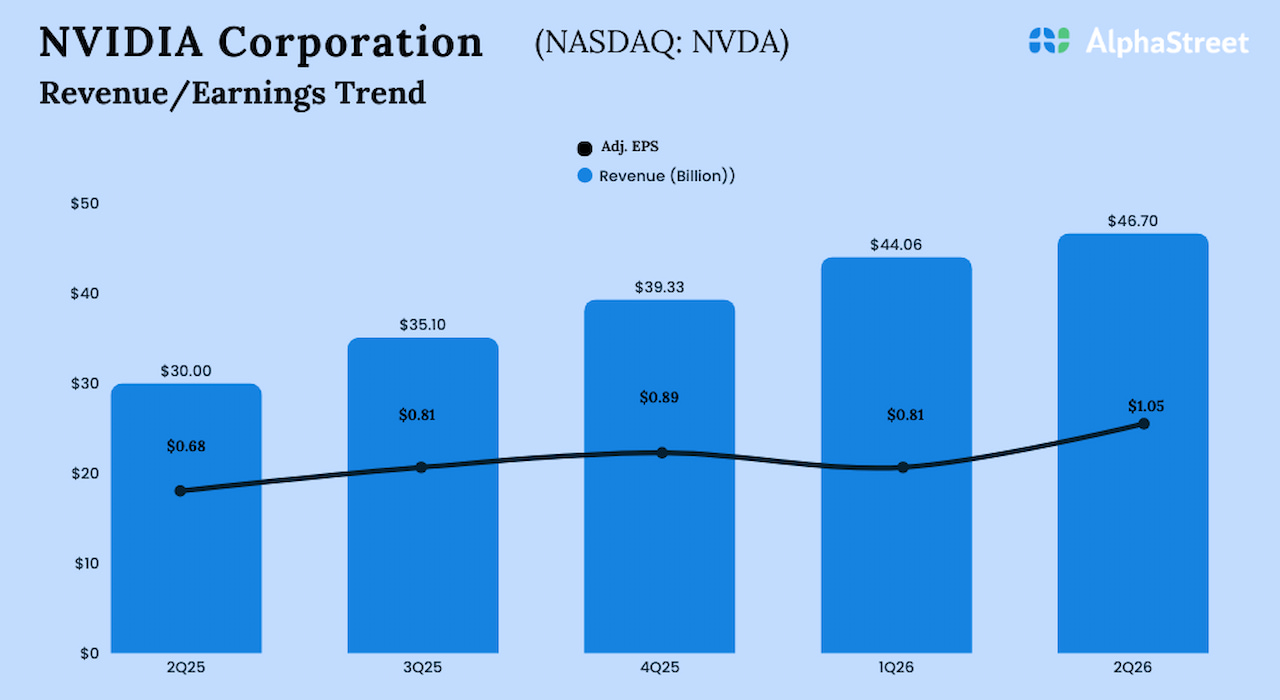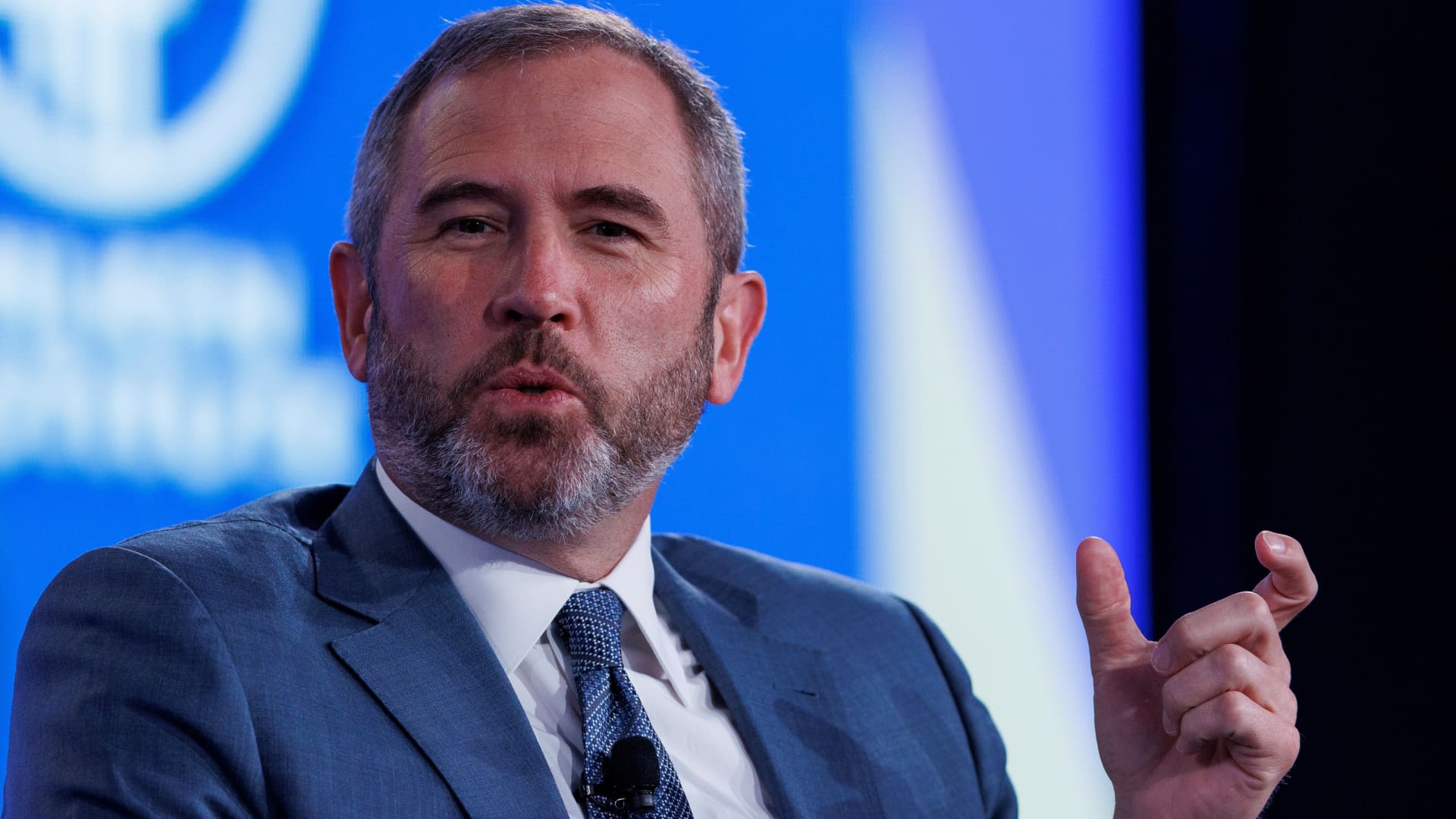Chances are that your “buy now, pay later” bill from the holiday season will arrive soon or has already made its debut.
If you’re not financially prepared to pay up, late fees or other charges can bury you deeper in debt. Circumstances can change over a matter of weeks through financial setbacks like unemployment, an unexpected bill, a family emergency or other events.
When you’re feeling the financial squeeze of those pay-in-four buy now, pay later plans — and possibly other debts — it’s important to create a plan to pay down balances.
Here are a few options to consider as you strategize your way out of debt.
1. Update your budget
Review your budget and trim unnecessary expenses or swap services for less costly alternatives. Cancel unused subscriptions, for example, or switch to a cheaper streaming service.
If you’re also struggling with credit card debt that may take three to five years to pay off, consider consulting an accredited nonprofit credit counseling agency about a debt management plan, which can consolidate some balances into a single low-interest payment. Note that accounts enrolled in the plan are typically required to be closed, which could affect your finances in the short term.
2. Change your payment due date
Some lenders like Klarna and Afterpay allow you to change the payment due date or request an extension.
Klarna customers using a pay-in-four loan can extend the due date of a payment for each order once by 14 days, according to the company’s website. Afterpay may provide more leeway, allowing changes to the payment due date up to six times per year in the app, according to Amanda Pires, a company spokesperson.
Lender policies may differ, so read the plan’s terms or ask the lender about your options.
3. Communicate with lenders about hardships
If a financial setback or emergency keeps you from making payments, the buy now, pay later lender may offer some relief.
Major buy now, pay later companies with hardship policies typically encourage you to contact customer service as soon as possible about hardships.
“Affirm users experiencing financial hardship can contact us through our help center so we can work with them to identify an available repayment option that best meets their personal needs,” Casey Becker, a company spokesperson, said via email.
4. Consider a balance transfer credit card
Balance transfer credit cards are designed to help you save on interest charges for a designated time frame, so they might not make sense for certain buy now, pay later plans that don’t charge interest to begin with. Plus, you can move a balance only as high as the card’s credit limit allows, and there’s typically a fee charged on the amount you transfer, usually between 3% and 5%. Compare potential buy now, pay later costs against these factors.
The process and terms will vary among the card issuers that allow this, so ask what to expect. Wells Fargo, for instance, may allow you to use a balance transfer to pay buy now, pay later debt.
“The most common practice is to transfer balances from another credit card issuer to their Wells Fargo account to save on interest,” Sarah DuBois, a Wells Fargo spokesperson, said via email. “If there is a creditor that is not technically considered a retail or bank card issuer, customers do have other options for how to take advantage of their balance transfer offer (i.e. using a balance transfer check that is generally issued with the offer).”
If a credit card issuer offers a balance transfer option in the form of a check, your ability to use it may also depend on the lender’s ability to accept that payment method.
5. Weigh the pros and cons of a personal loan
A personal loan can consolidate multiple debts into a fixed monthly payment with a low interest rate over a designated period. If the funds are sent to your bank account, it’s generally possible to use them to pay any creditors, including buy now, pay later lenders. A good credit score may qualify you for a lower interest rate.
But again, it’s not ideal to pay off debt with credit, so it’s important to calculate whether the proposed interest rate offers savings compared with any potential charges on buy now, pay later plans. If your buy now, pay later plan doesn’t charge interest or fees, paying it off with a personal loan may not be ideal. But it might be worth using the loan to consolidate other debts — if that can free up money to pay off buy now, pay later plans.
This article was written by NerdWallet and was originally published by The Associated Press.







































